Europe has been my playground for the past five years, and even after countless train rides, coffee shop visits, and lazy afternoons in city squares, it still manages to surprise me. Just last month, I found myself wandering through a tiny medieval town in southern France that wasn’t even on my original itinerary – that’s the magic of this continent.
From the snow-covered peaks of the Alps to the sun-soaked beaches of the Mediterranean, from cobblestone streets filled with history to modern cities buzzing with innovation, Europe offers something for every type of traveler. The best part? You can hop on a train in Paris and be having dinner in Amsterdam just a few hours later.
Looking to plan your own European adventure? I’ve combined my personal experiences with insights from fellow nomads who’ve made Europe their home to create this carefully curated list of destinations that deserve a spot on your travel map.
- Best tourist destination: Paris, France
- Underrated hidden gem: Kotor, Montenegro
- Best for families: Barcelona, Spain
- Best for couples: Santorini, Greece
- Best for solo travelers: Amsterdam, Netherlands
- Best for history buffs: Rome, Italy
Paris, France

The enchanting capital of France needs no introduction – this is Paris, the city that’s inspired artists and dreamers for centuries. While most visitors make a beeline for the Eiffel Tower and Louvre Museum, the real magic of Paris unfolds in its neighborhoods, or “arrondissements.” Take a morning stroll through Montmartre’s winding cobblestone streets, where local artists still set up their easels just like their predecessors did in the 1900s. The city’s café culture is alive and well – you’ll find locals lingering over espresso and croissants at sidewalk tables, watching the world go by. Thanks to Baron Haussmann’s 19th-century redesign, Paris’s wide boulevards and limestone buildings create a uniform elegance you won’t find anywhere else in Europe. From the bouquinistes selling old books along the Seine to the endless cheese shops and wine bars, Paris feels both timeless and completely alive.
Rome, Italy
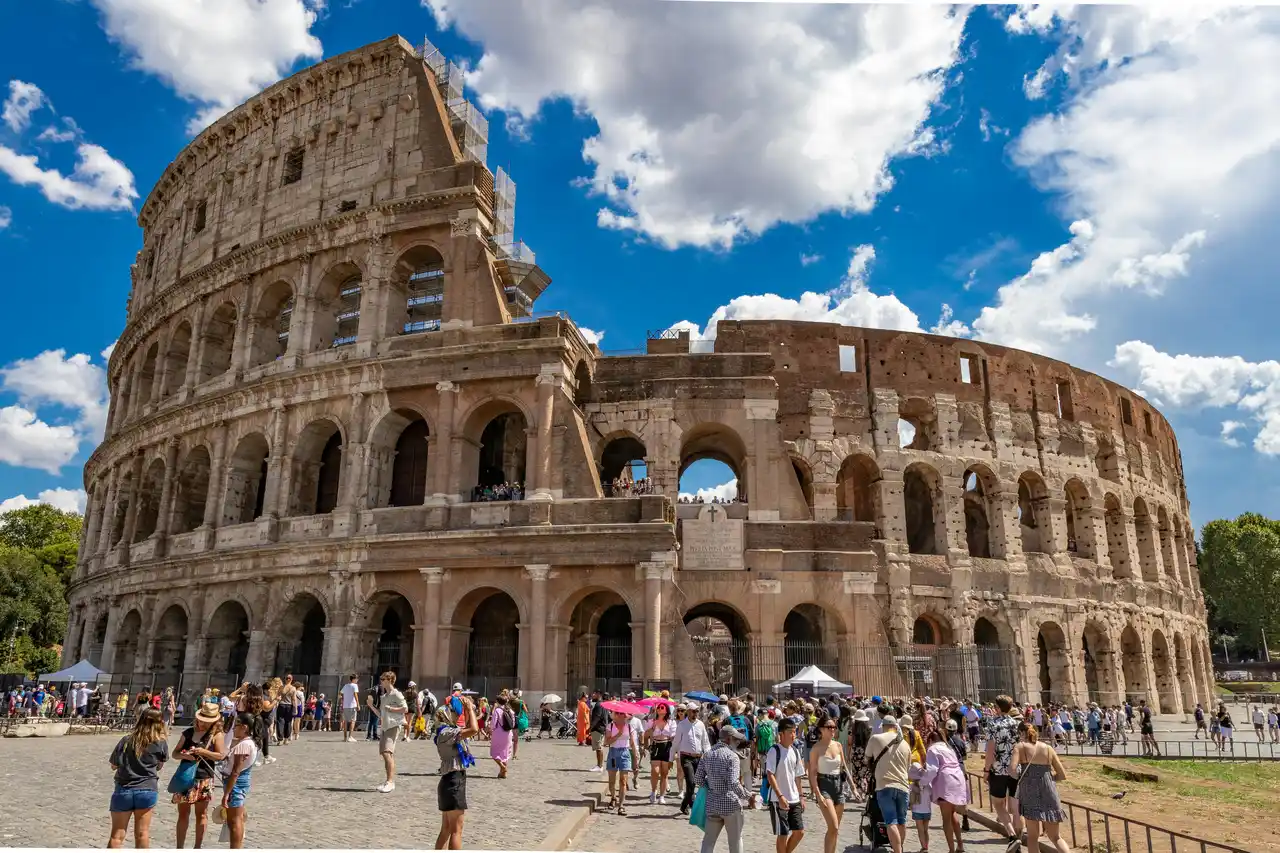
Ever wondered what it’s like to toss a coin into the Trevi Fountain? In Rome, ancient history comes alive on every corner, where gladiators once battled in the mighty Colosseum and emperors ruled from the crumbling Forum. The Italian capital seamlessly blends past and present – you can start your morning exploring 2,000-year-old ruins, grab a perfect pasta lunch in a cobblestone piazza, then spend the afternoon people-watching at the Spanish Steps. Don’t miss the chance to explore Vatican City, where Michelangelo’s famous frescoes cover the Sistine Chapel ceiling and St. Peter’s Basilica towers above the world’s smallest country.
Barcelona, Spain
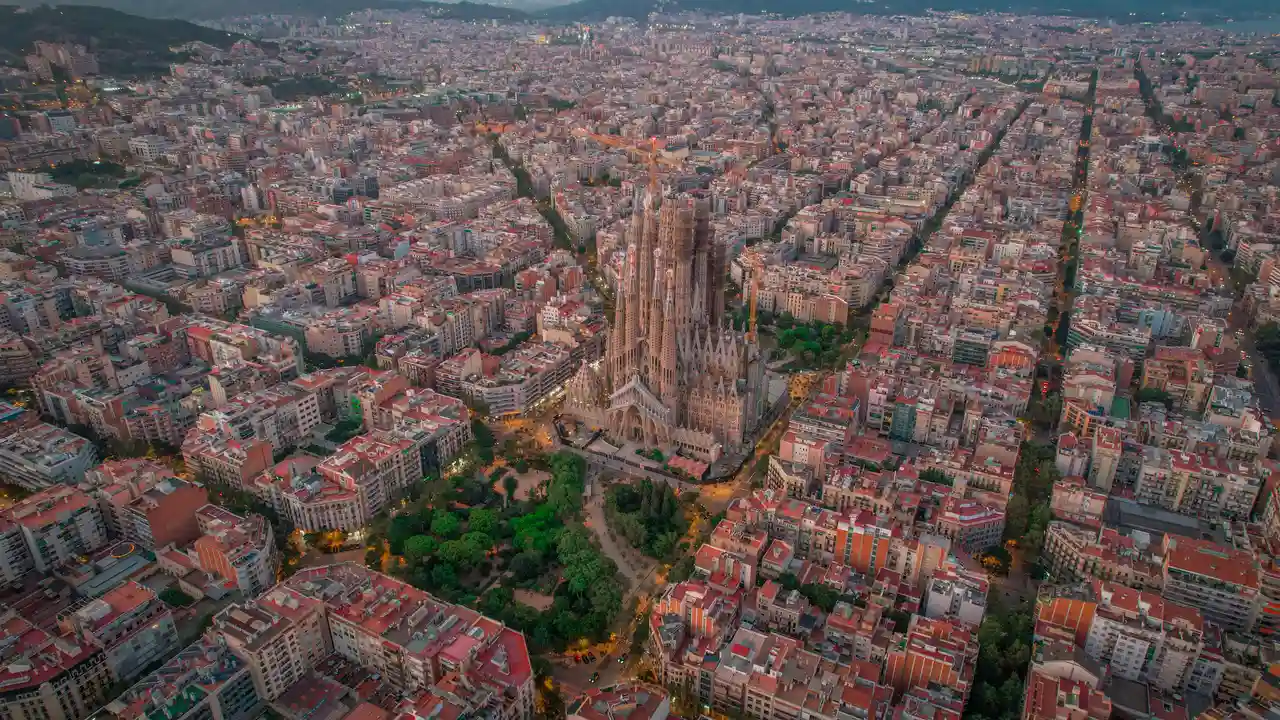
Barcelona blends old-world charm with modern creativity in a way few other European cities can match. Walk through the twisting lanes of the Gothic Quarter, and you’ll find yourself transported back centuries, only to emerge into the whimsical world of Gaudí’s architecture minutes later. The city’s passion for food and art spills onto every street – from the local markets packed with fresh seafood and jamón to the musicians performing along Las Ramblas. Unlike many tourist hotspots in Europe, Barcelona keeps its authentic soul alive in neighborhoods like Gràcia, where locals still gather at sidewalk cafes and kids play football in small squares. Thanks to its Mediterranean location, you can combine museum visits and architectural tours with lazy afternoons on the beach, making it a city that never forces you to choose between culture and relaxation.
Amsterdam, Netherlands

I first visited Amsterdam on a backpacking trip through Europe in 2015. One of the most charming cities in the Netherlands, Amsterdam sits along a network of picturesque canals that date back to the Dutch Golden Age. Historic townhouses and houseboats line these waterways, while cobblestone streets wind through neighborhoods like the Jordaan and De Pijp. The city’s legendary cycling culture is on full display, with locals pedaling past landmarks like the Van Gogh Museum and Royal Palace. At dusk, the bridges light up and reflect off the water, creating a cozy atmosphere that invites you to linger at canalside cafes and traditional brown bars.
Santorini, Greece
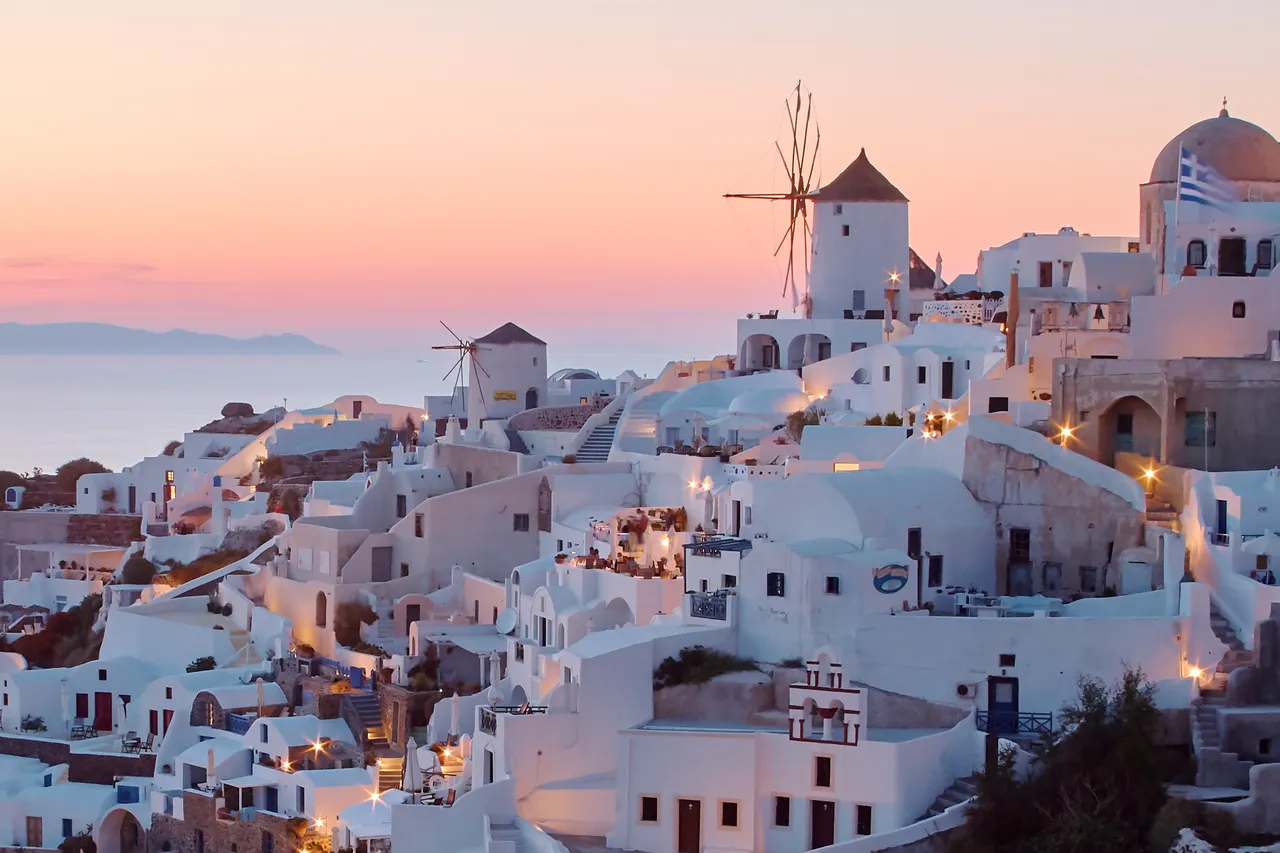
Perched on the southern edge of the Cyclades islands is the crescent-shaped wonder of Santorini. Like many Greek islands, Santorini has its share of white-washed buildings, blue-domed churches, and crystal-clear waters. But unlike the others, it sits atop a massive volcanic caldera, creating a natural amphitheater that drops dramatically into the sea. Just watch the sunset from the clifftop town of Oia, where crowds gather each evening, and you’ll understand why this place is special. Because of its volcanic history, Santorini’s beaches come in unexpected colors – black, red, and white – while its rich soil produces some of Greece’s most interesting wines, grown in vineyards that have thrived here for centuries.
Prague, Czech Republic
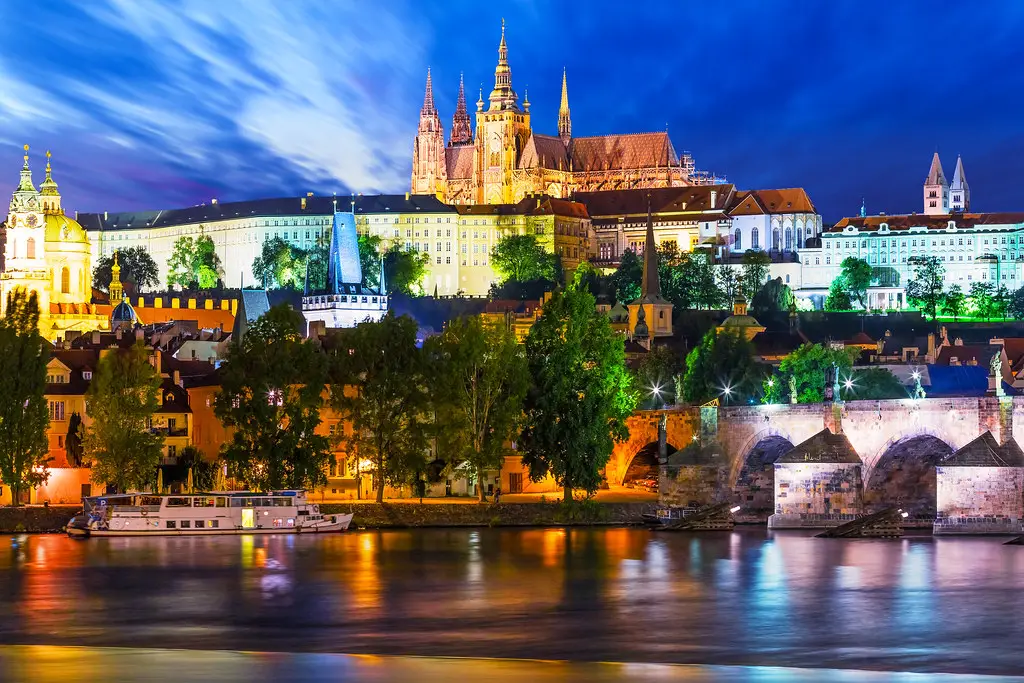
I first visited Prague on a chilly autumn morning in 2018, when the Czech capital’s spires pierced through the morning mist like something from a fairytale. The city spreads out along both banks of the Vltava River, with the iconic Charles Bridge connecting the Old Town to the hilltop Prague Castle complex. Medieval architecture fills the cobblestone streets, where local cafes serve hearty Czech beer and traditional dumplings. The astronomical clock in the Old Town Square has been keeping time since 1410, drawing crowds every hour for its mechanical show of moving apostle figures. At night, the city’s countless hidden jazz clubs and beer gardens come alive, offering visitors a glimpse into Prague’s modern soul beneath its historical façade.
Venice, Italy

Many travelers come to Venice for its famous canals and gondola rides, but this Italian city is much more than just waterways. Built across 118 small islands connected by hundreds of bridges, Venice offers a unique way of life where boats replace cars and water taxis serve as public transport. The city’s main square, Piazza San Marco, houses the grand St. Mark’s Basilica and the Doge’s Palace, while the surrounding neighborhoods hide local restaurants serving fresh seafood and authentic Italian cuisine. While summer brings crowds of tourists, visiting in spring or fall lets you experience the city’s quieter side, when you can wander through narrow alleys, discover hidden courtyards, and watch local life unfold along the canals.
Copenhagen, Denmark
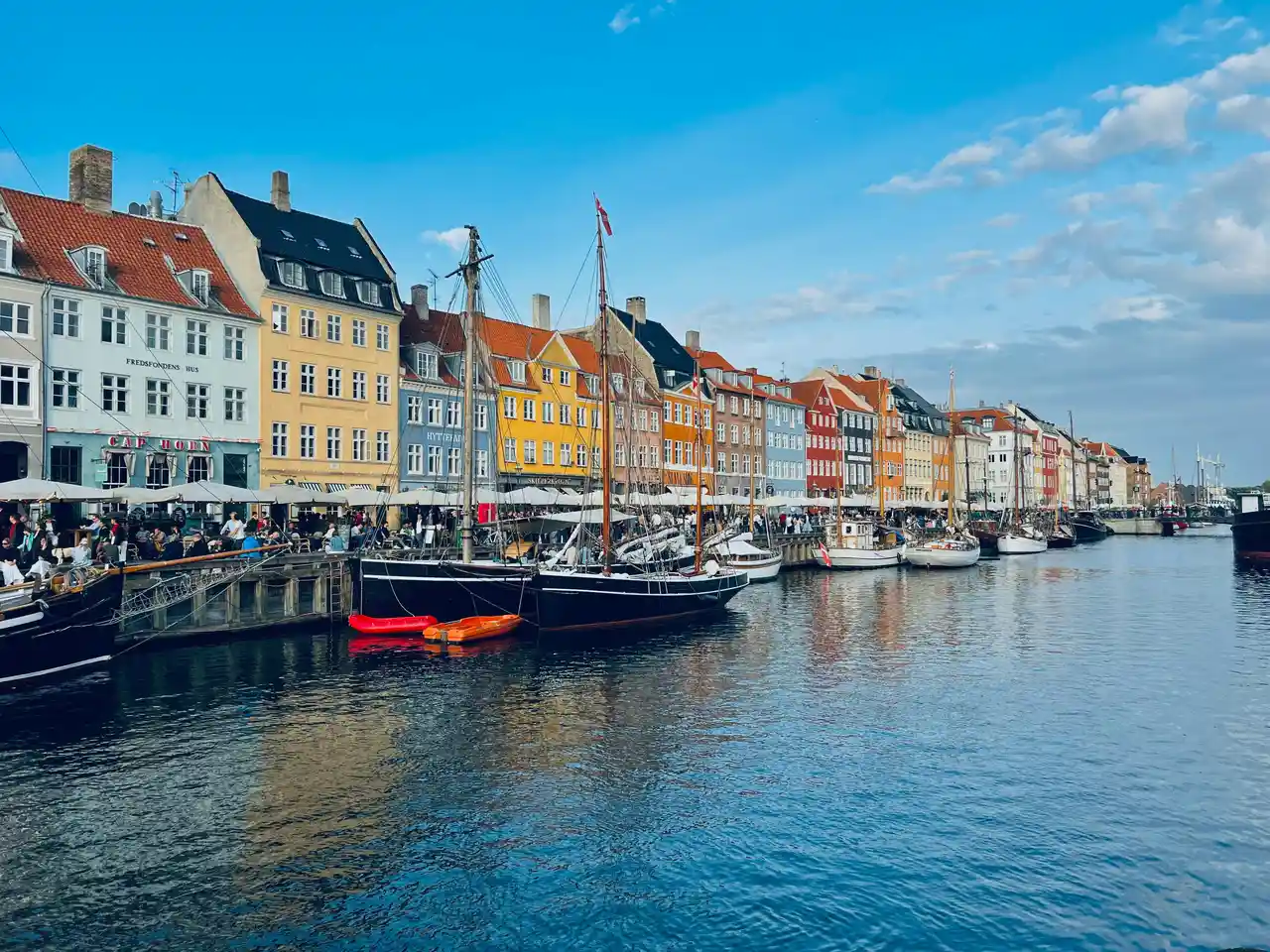
I first visited Copenhagen on a chilly autumn morning in 2019. The Danish capital sits prettily along the eastern coast of Zealand, Denmark’s largest island, where modern architecture meets centuries-old palaces. Bicycles outnumber cars on the cobblestone streets, and the famous Nyhavn waterfront draws visitors with its colorful townhouses and bobbing sailboats. The city’s food scene goes way beyond Danish pastries – though those are a must-try – with the world-famous Noma restaurant leading a pack of innovative eateries. But what really makes Copenhagen special is its commitment to sustainable living and the local concept of ‘hygge’ – that cozy feeling you get while sharing good times with friends, preferably over a cup of hot chocolate in a candlelit café.
Budapest, Hungary
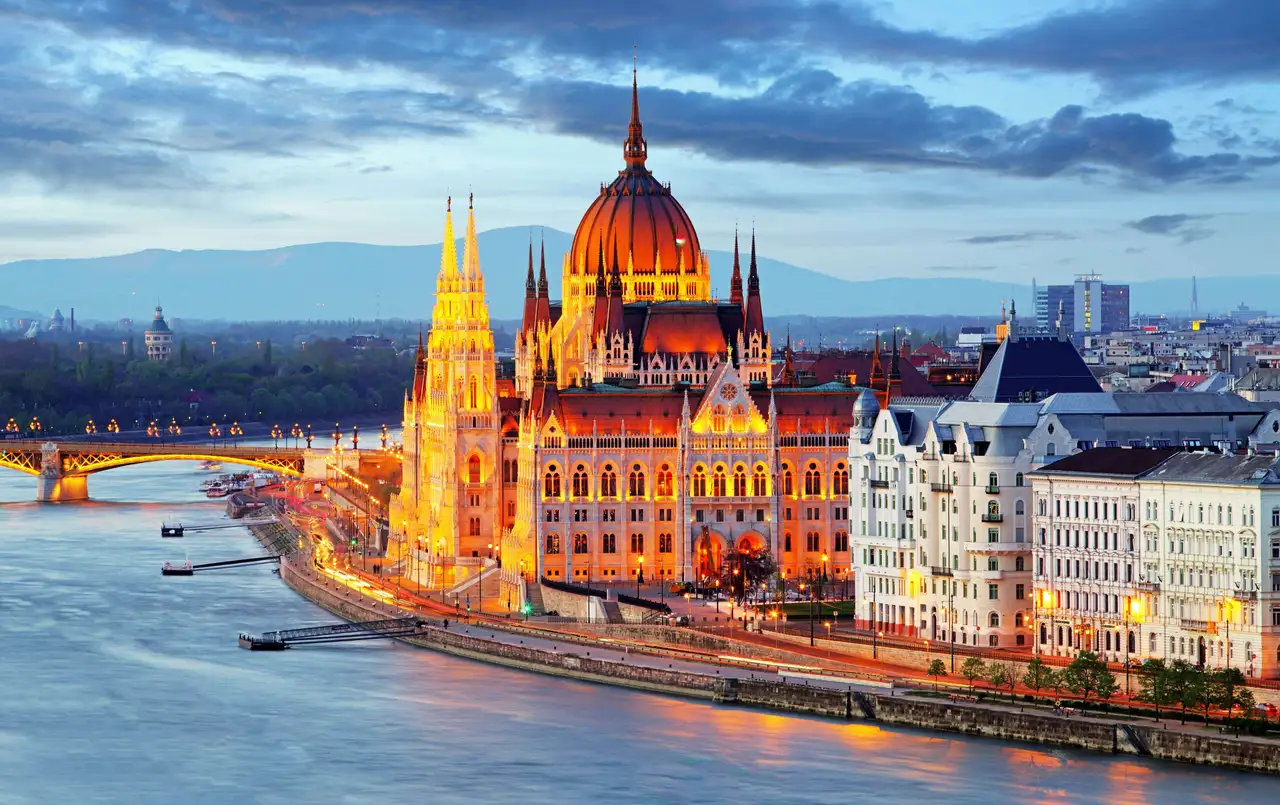
Many travelers come to Budapest for its grand thermal baths, but Hungary’s capital can also be seen as two distinct cities – hilly Buda and flat Pest – joined by the Danube River. The city offers a mix of architectural styles, from Gothic Parliament buildings to Art Nouveau cafes that dot the streets. While the famous ruin bars and thermal spas draw crowds year-round, you’ll also find peaceful moments along the riverbank promenades or in the leafy City Park. Whether you’re exploring Castle Hill’s medieval sites, sampling local wines, or joining the locals at a traditional bathhouse, Budapest’s dual personality provides endless opportunities for both relaxation and adventure.
Vienna, Austria

Step into the elegant heart of Europe when you visit Vienna, Austria’s charming capital city. The city’s love for classical music runs deep – you can catch world-class performances at the State Opera House or walk in Mozart’s footsteps through the cobblestone streets. Head to Schönbrunn Palace, the summer home of the Habsburg rulers, where you can explore 1,441 rooms filled with history and artwork. For a true taste of Vienna, stop by one of the traditional coffee houses like Café Central, where you can enjoy a slice of Sachertorte (chocolate cake) while sitting where famous writers and artists once gathered.
Dubrovnik, Croatia
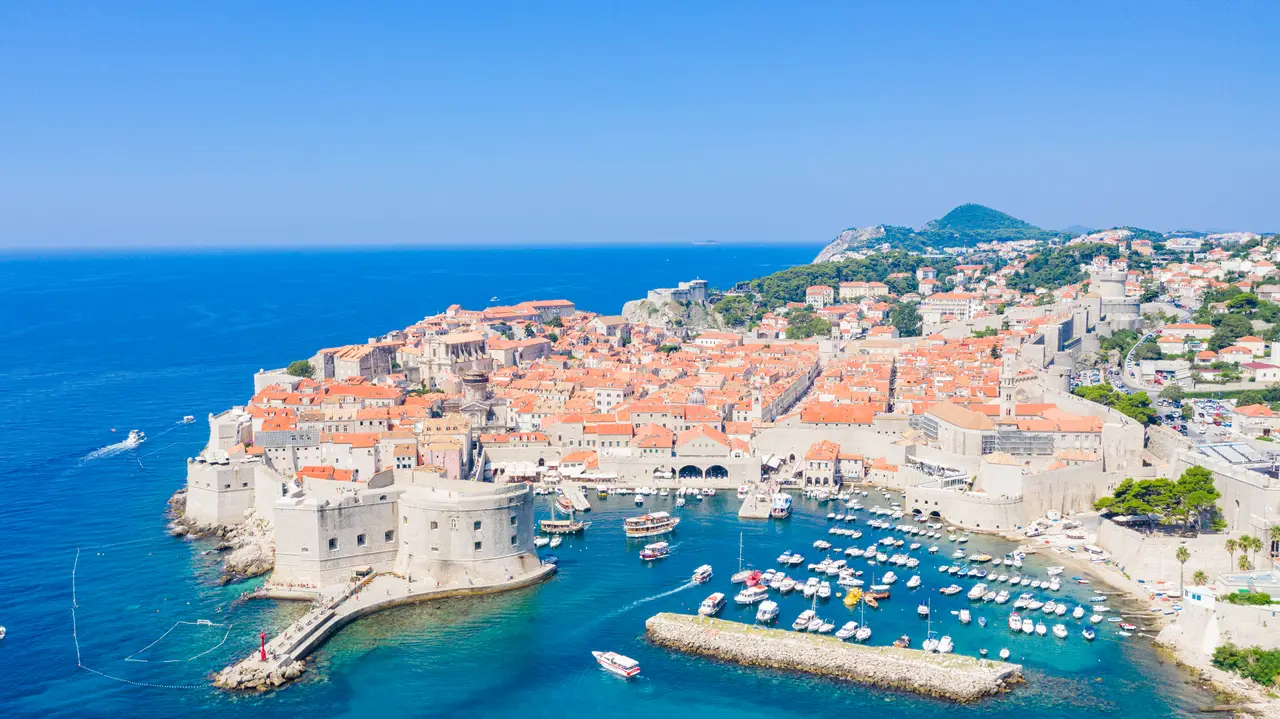
If you’ve ever watched Game of Thrones, you’ll recognize Dubrovnik’s ancient stone walls and red-tiled roofs as King’s Landing – but this Croatian coastal city is so much more than a TV set. Walking the medieval walls that wrap around the old town feels like stepping back in time, with limestone streets below leading to hidden cafes and local wine bars. The clear blue waters of the Adriatic Sea lap against the city’s edges, where you can hop aboard a boat to explore nearby islands or find a quiet beach to escape the summer crowds. It’s not exactly a hidden gem anymore – tourism has boomed here in recent years – but there’s good reason why visitors flock to this fortress city, from the fresh seafood restaurants tucked into narrow alleys to the cable car rides offering sweeping views of the coast.
Edinburgh, Scotland
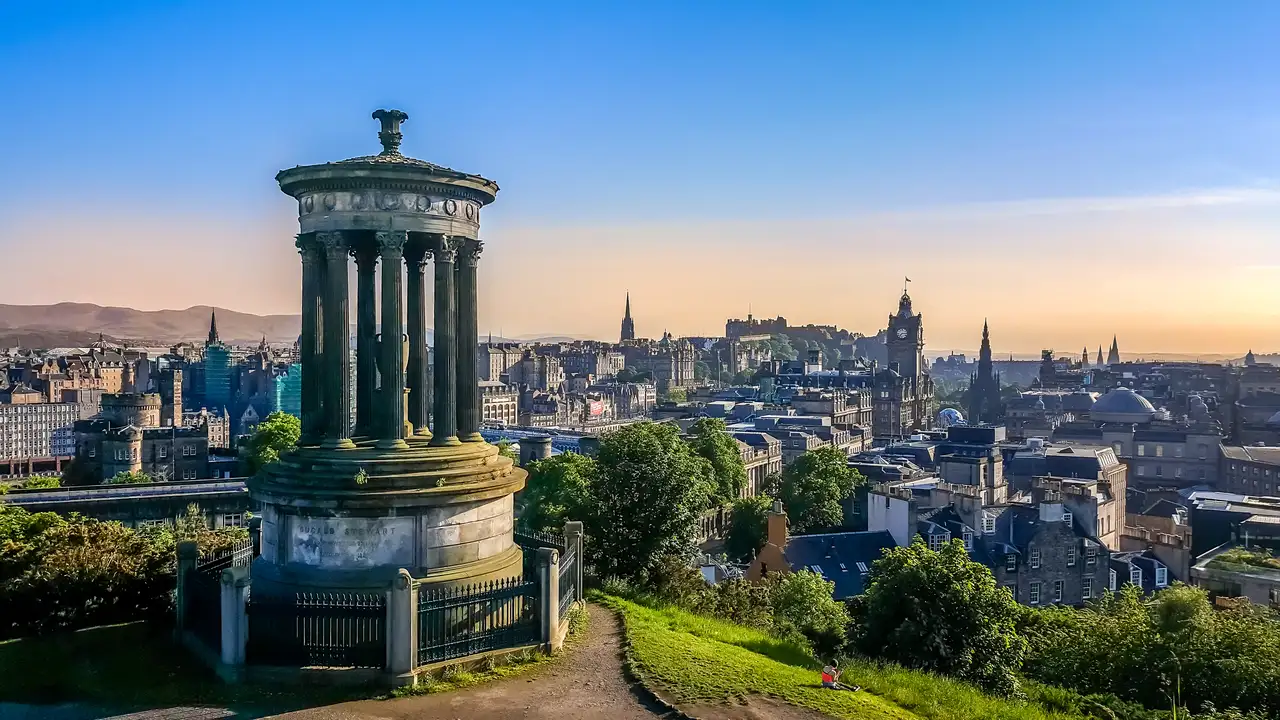
Edinburgh feels like stepping into a moody medieval storybook. Built on a cluster of hills, this ancient Scottish capital seamlessly blends its historic Old Town – complete with winding cobblestone streets and Gothic architecture – with the orderly Georgian grandeur of the New Town. I always recommend visitors start at Edinburgh Castle, perched high above the city on Castle Rock, before making their way down the Royal Mile to explore the hidden closes and wynds that branch off this famous thoroughfare.
Lisbon, Portugal
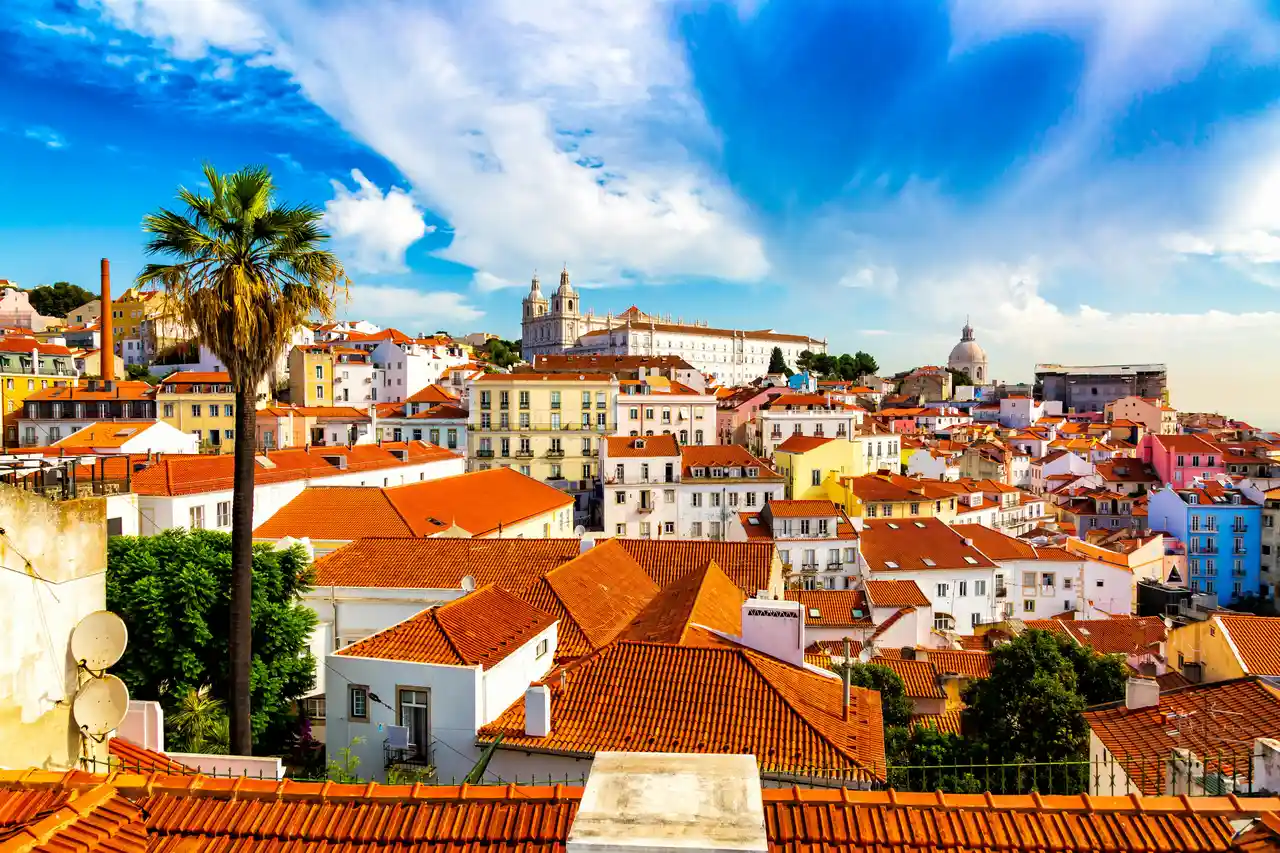
Let your senses guide you through Lisbon’s sun-soaked streets, where old-world charm meets laid-back Mediterranean living. Hop aboard the iconic yellow Tram 28 as it winds through narrow lanes and past tiled buildings in the historic Alfama district. Stop at a local café to try pastel de nata – those irresistible custard tarts that Portugal is famous for. In the evening, find your way to a traditional fado house in Bairro Alto, where you can enjoy fresh seafood while listening to Portugal’s soul-stirring folk music. Don’t miss the chance to visit Belém Tower at sunset, when the golden light makes the limestone walls glow and the water sparkles in the harbor.
Stockholm, Sweden

Many travelers come to Stockholm for its picture-perfect waterfront views, but Sweden’s capital is much more than just a coastal beauty. The city spreads across 14 islands connected by 57 bridges, creating a unique blend of water, architecture, and green spaces. In summer, locals and visitors fill the cobblestone streets of Gamla Stan (the Old Town) and spill into outdoor cafes, while winter brings cozy evenings in candlelit restaurants and Christmas markets. The city’s metro stations, often called the world’s longest art gallery, showcase colorful murals and installations, making even daily commutes an experience. Whether you’re interested in visiting the ABBA Museum, exploring the Royal Palace, or simply joining the Swedish tradition of fika (coffee and cake break), Stockholm offers something for every type of traveler year-round.
Amalfi Coast, Italy
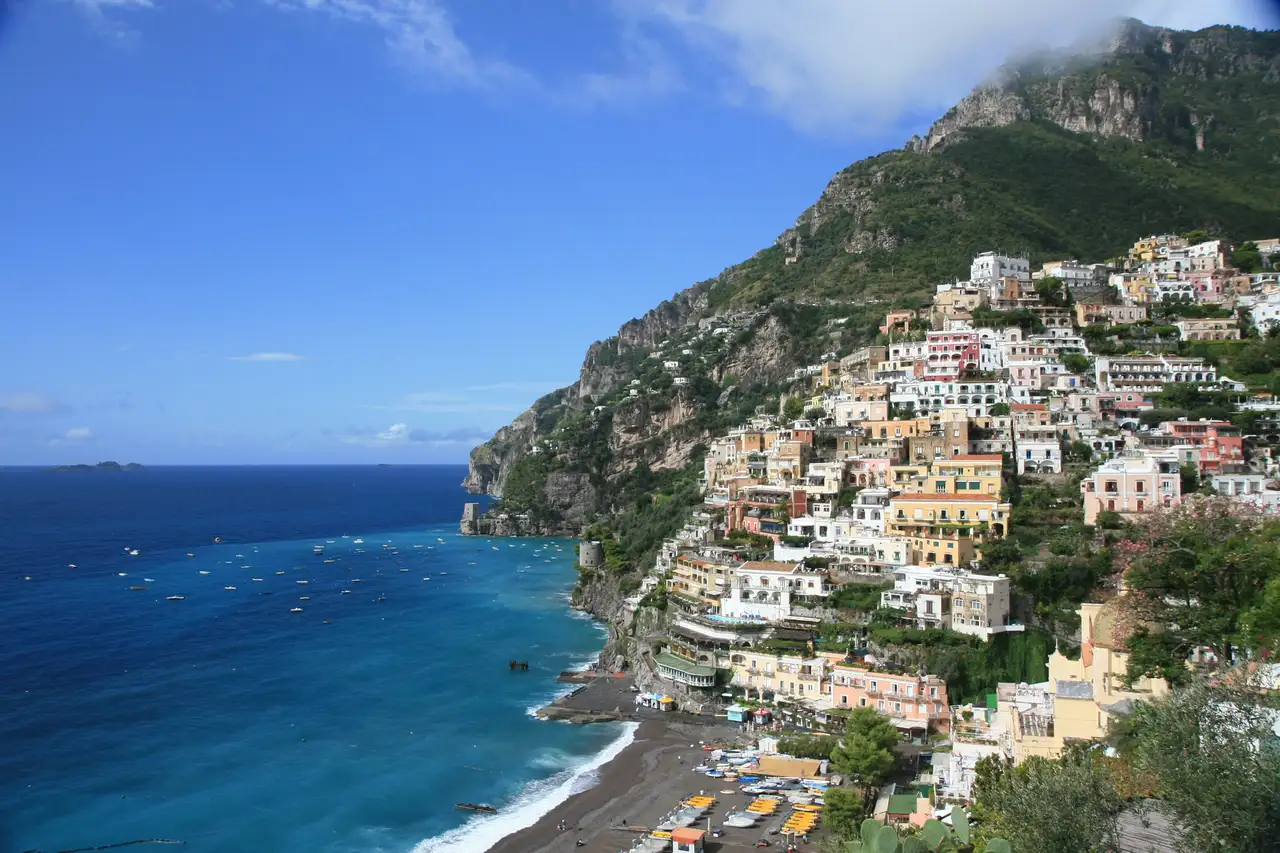
I always recommend heading to the Amalfi Coast when friends ask about visiting Italy. Stretching along 50 kilometers of southern Italy’s coastline, this Mediterranean paradise combines colorful fishing villages, steep cliffs, and winding roads that hug the seaside. The towns of Positano, Amalfi, and Ravello offer charming piazzas, historic churches, and endless spots to sample fresh seafood and limoncello while watching boats bob in the crystal-clear waters below.
Porto, Portugal
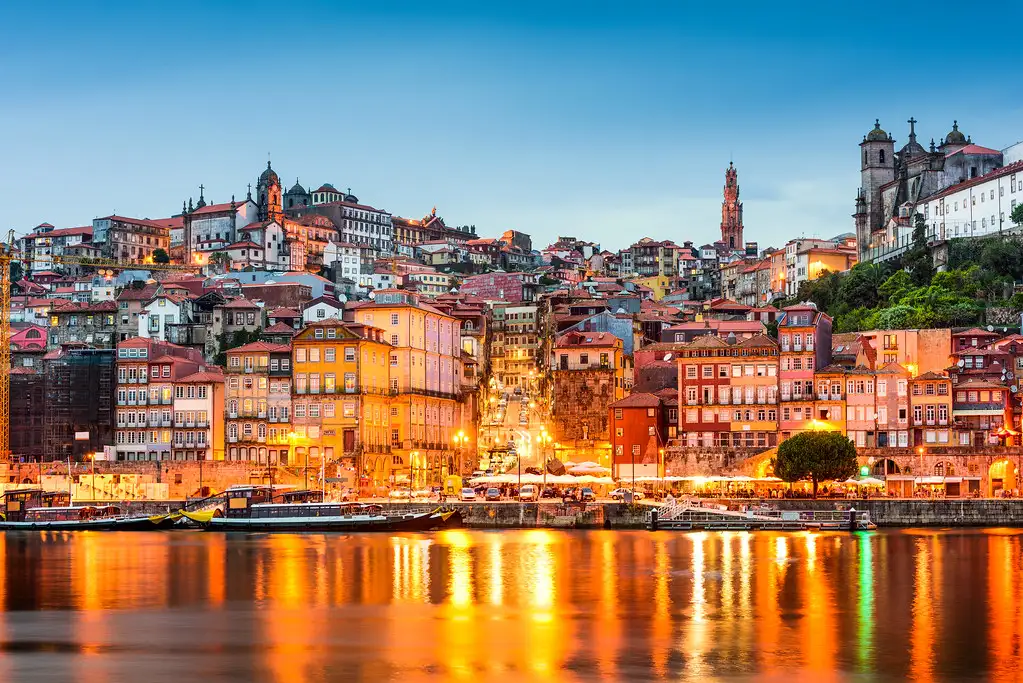
Explore the winding streets of Porto, where you’ll discover colorful houses and a rich wine culture along the Douro River. Take a tour of the centuries-old Port wine cellars across the river in Vila Nova de Gaia, where you can sample different varieties and learn about the wine-making process. For a memorable photo opportunity, head to the Dom Luís I Bridge, a double-deck metal arch bridge that offers great views of both Porto and Gaia. Don’t miss a visit to Livraria Lello, one of the oldest bookstores in Portugal, said to have inspired J.K. Rowling during her time in Porto.
Swiss Alps, Switzerland
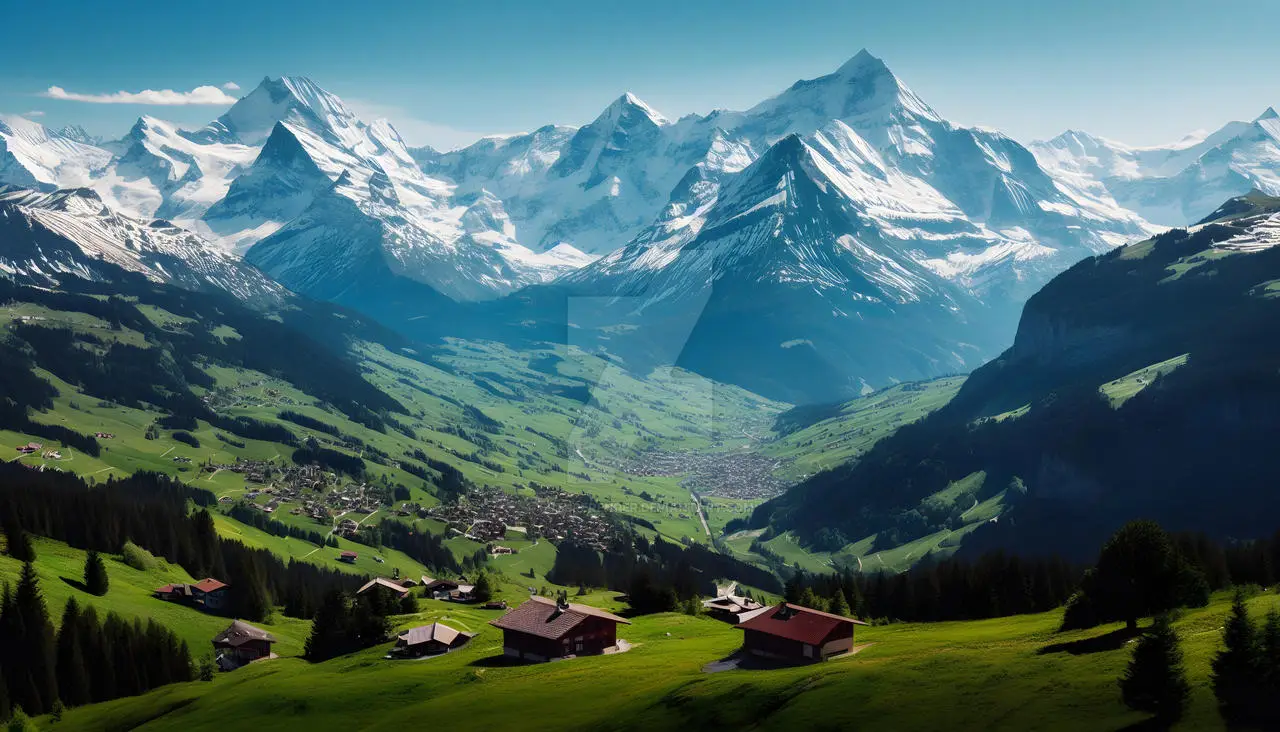
Escape to the Swiss Alps, where snow-capped peaks and rolling green meadows create a perfect backdrop for outdoor adventures. The mountains offer endless activities year-round, from skiing and snowboarding in winter to hiking and mountain biking in summer. Take a scenic train ride on the Glacier Express through the heart of the Alps, stopping at charming villages like Zermatt and St. Moritz along the way. For an unforgettable experience, book a stay in a mountain lodge where you can wake up to views of the Matterhorn and enjoy traditional Swiss fondue by a crackling fireplace.
Reykjavik, Iceland
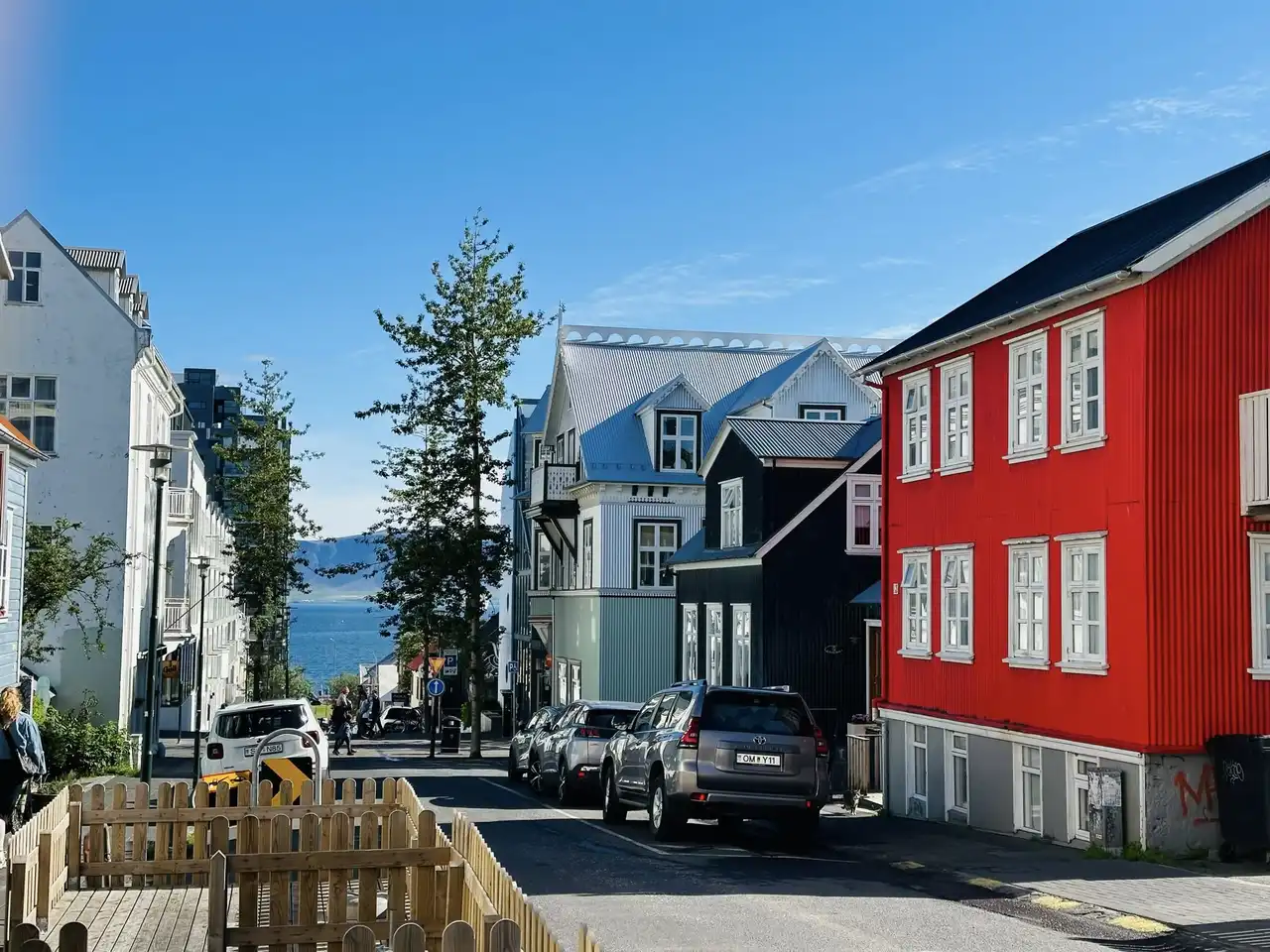
There’s something wonderfully otherworldly about Reykjavik that sets it apart from other European capitals. This northern city sits at the edge of dramatic landscapes where geothermal springs send steam rising into crisp Arctic air and the Northern Lights dance across winter skies. While small compared to other major cities, Reykjavik serves as the perfect base for exploring Iceland’s natural wonders – from the famous Blue Lagoon to towering waterfalls and ancient glaciers just a few hours’ drive away. It’s not the cheapest destination you’ll find, but the unique mix of colorful Nordic culture, fresh seafood, and easy access to raw nature makes it worth every krona.

